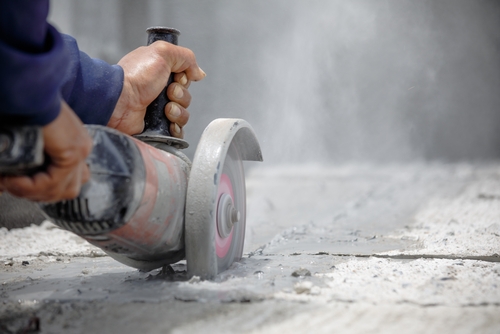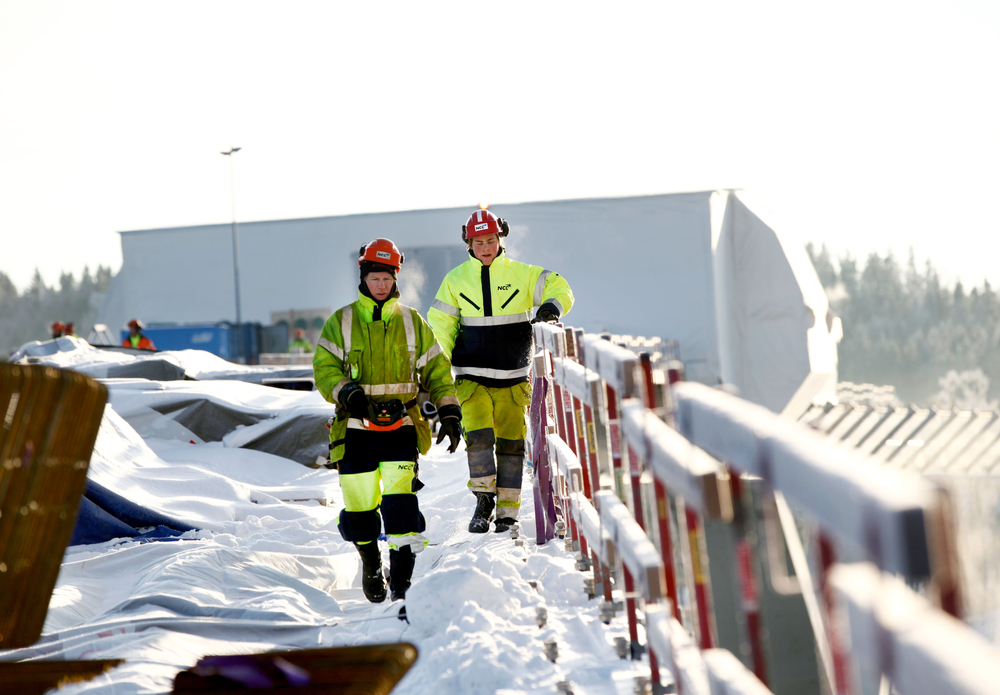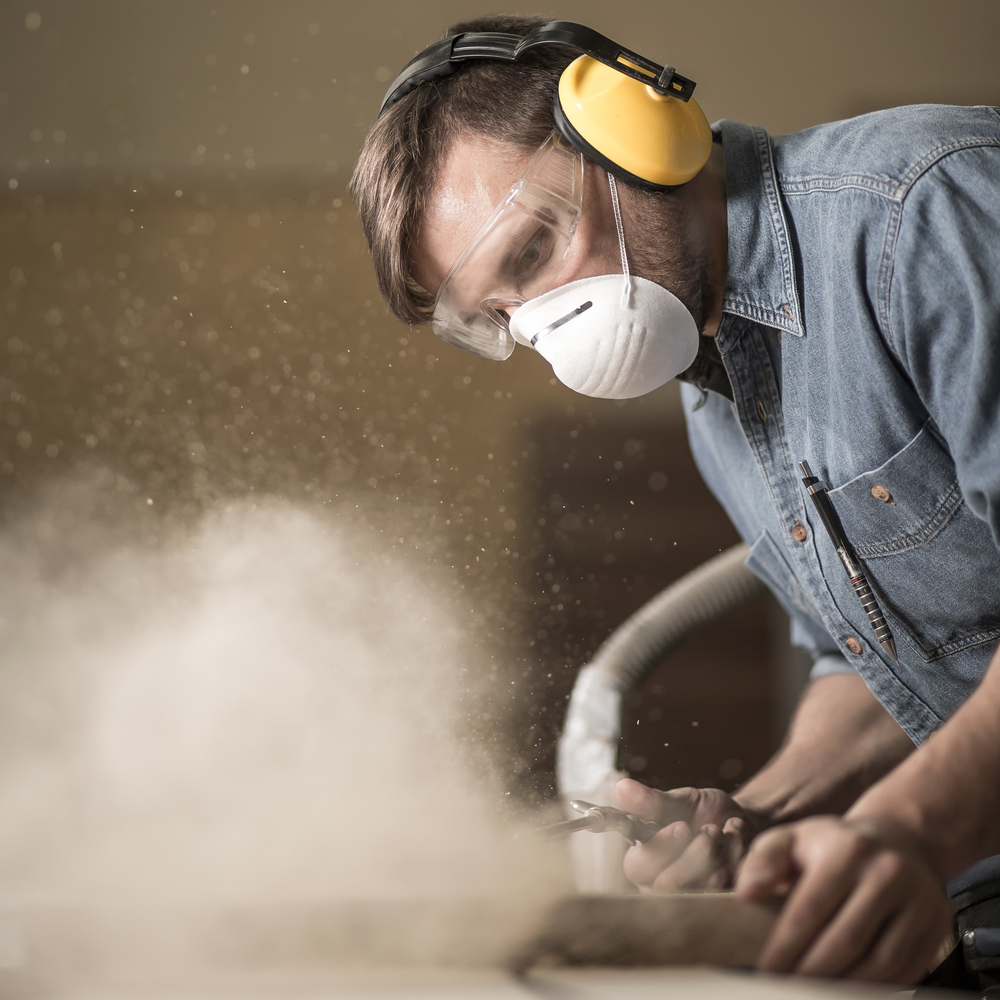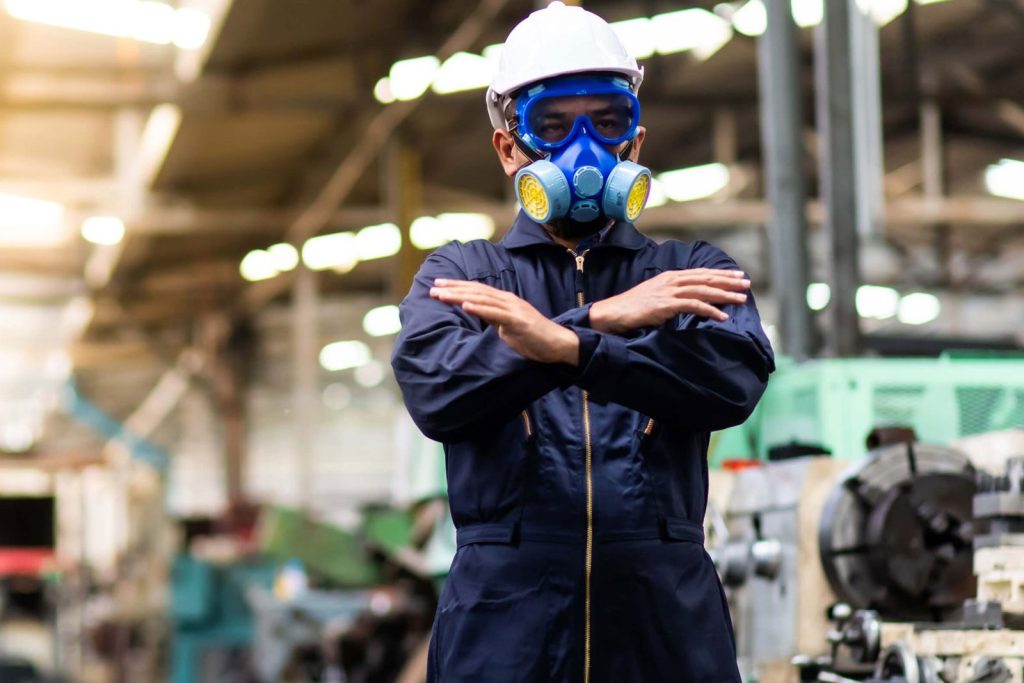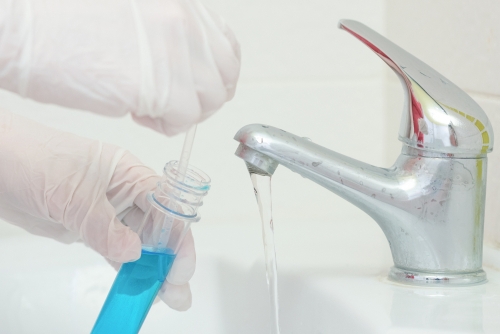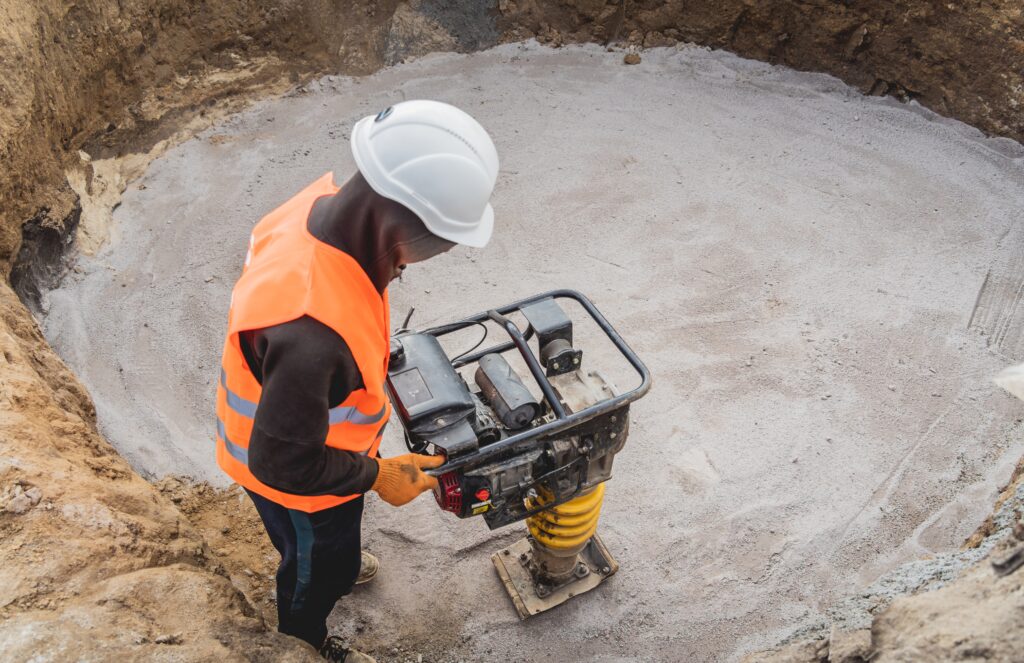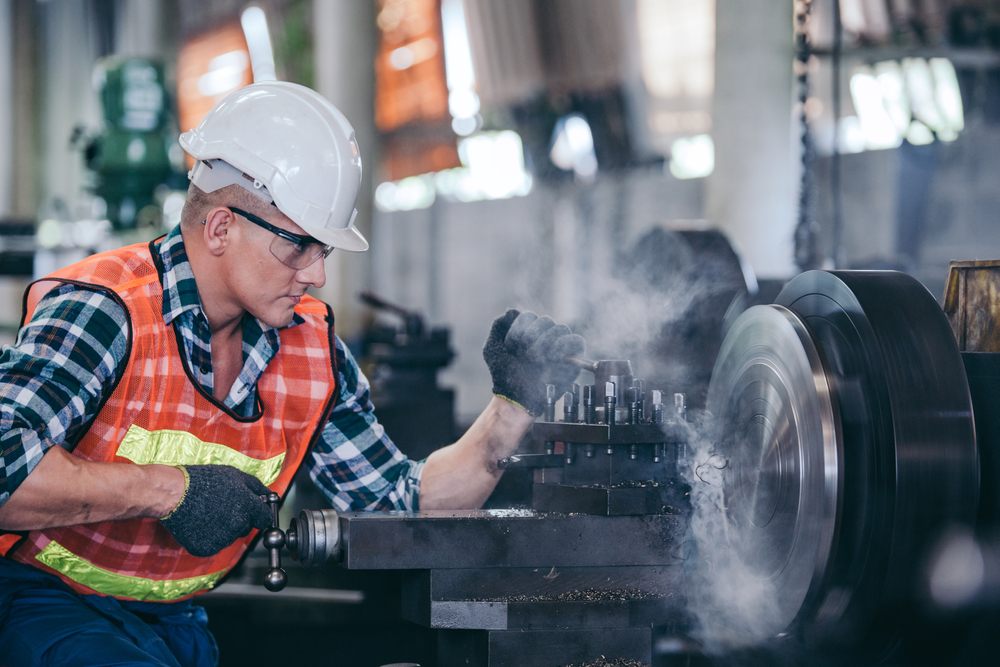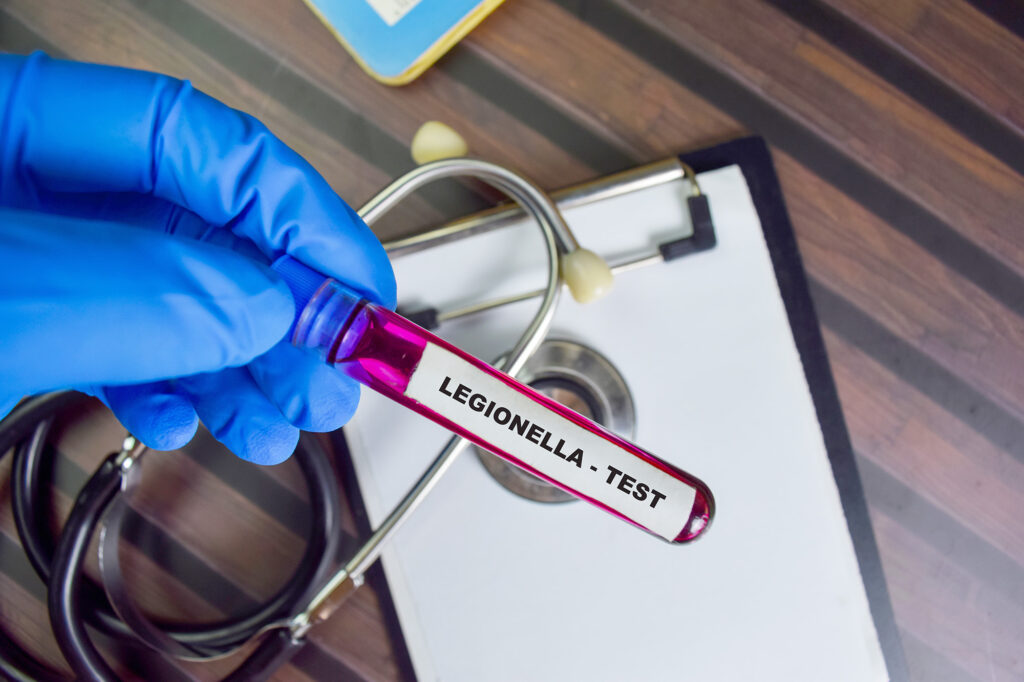The British Occupational Hygiene Society (BOHS) calls for more to be done amid rising numbers of deaths relating to inhalation of silica dust.
Despite the effects of silica dust being widely known, there hasn’t been an emphasis on illness and deaths until now.
Better controls for Silica dust monitoring
The All-Party Parliamentary Groups (APPG) health enquiry highlights the need for better controls in the prevention of silicosis. In conjunction with the BOHS, the Chartered Society for Worker Health Protection is highlighting the need for immediate action.
Illnesses and deaths from cancer-causing silica dust need to be prevented. So this means that education and control is key! As cases rise, officials are concerned that this will be the next ‘Asbestos crisis’. This means that the respiratory health of hundreds of workers is at risk from exposure to harmful silica dust. Worryingly that’s just the tip of the iceberg!
Exposure is irreversible
The effects of silica dust have been known for many years. Yet the impact of high exposure is still being overlooked, despite it being irreversible.
The BOHS is naturally concerned that not enough is being done to highlight the problem throughout industries. Statistics show that around 5 00 construction workers die in the UK each year from silicosis. Alarmingly this figure is outweighed by an estimated 4,000 deaths per year being linked to COPD and exposure to silica dust.
Prevention is key
According to the BOHS, 75,000 cases of silica inhalation could easily be prevented through the correct action. This is why the society urges businesses to make prevention a priority. Coupled with an emphasis on workers who are already showing early signs of silicosis. Health surveillance for high-risk employees is essential in spotting the symptoms before they become fatal.
In a response to the APPG’s inquiry, the BOHS looked at the ‘systematic review of opportunities to manage risks arising from RCS’. Additionally they want to focus on opportunities for control and risk prevention in the workplace.
This comes at a time when worker respiratory health is a hot topic, especially coming into the Winter months. Alongside the HSE, the BOHS have been campaigning for more awareness of Occupational Lung Disease, a collection of serious and fatal diseases that include silicosis.
Is Silica dust the next asbestos?
Some of you might remember the absestos crisis when it came to light in 1977. Since then the use of asbestos has dramatically declined due to the number of asbestos related deaths.
Like harmful asbestos fibers, Silica dust contains dangerous particles that when inhaled can cause damage to the lungs, and even death. Worryingly, the BOHS believes that Silica could be ‘the next asbestos’. This means that industries like construction may benefit from a national strategy, aimed at educating, preventing and controlling exposure to silica.
Speaking for the BOHS, Chief Executive Officer, Professor Kevin Bampton, said: “The report highlights how the government can save lives quite literally with a stroke of the pen. At a time where we are wondering about health and social care costs and a labour shortage, it seems obvious that stopping people getting disabled and ill at work can save money and save lives.
“I am told that the latest HSE information from their construction dust campaign is reportedly showing that things are getting worse rather than better. With 4 out of 10 construction workers being exposed to cancer-causing levels of silica.”
Silica management with Safety First Group
Earlier this year we blogged about updated guidance from the HSE on Workplace Silica. However, it seems that despite national campaigning, businesses are still failing to protect their workers from exposure to silica dust.
The HSE have been campaigning to bring this latest health concern to the attention of employers in Brick and tile manufacturers, stoneworking and foundries. Yet the problem is not isolated to these industries.
Many construction workers find themselves exposed to silica dust, so the problem is much more widespread than we thought.
Moreover, Silica exposure needs to be considered the ‘new normal’ with prevention and control being a regular thing. Through regular Occupational exposure monitoring, air quality monitoring and testing, COSHH, LEV inspections and more, your business could demonstrate compliance.
Ready to get started with Silica dust control?
Speaking to one of our experienced consultants has never been easier! You can contact us here, or by sending an email now to enquiries@safetyfirstgroup.co.uk or simply calling us on 0845 044 2133.

